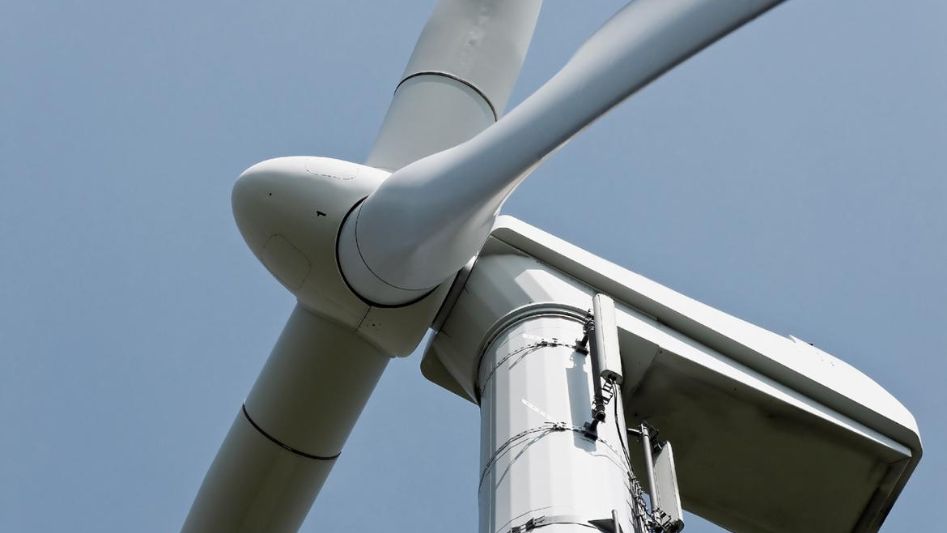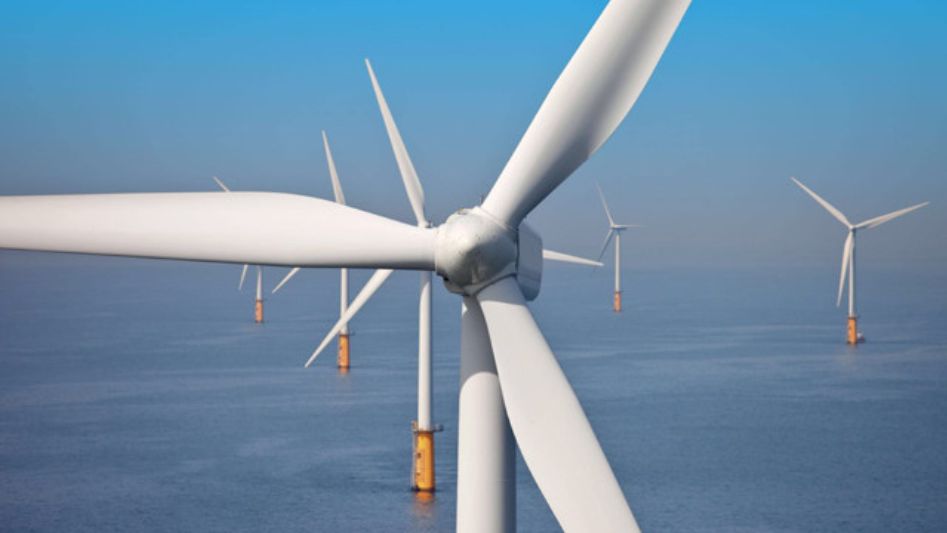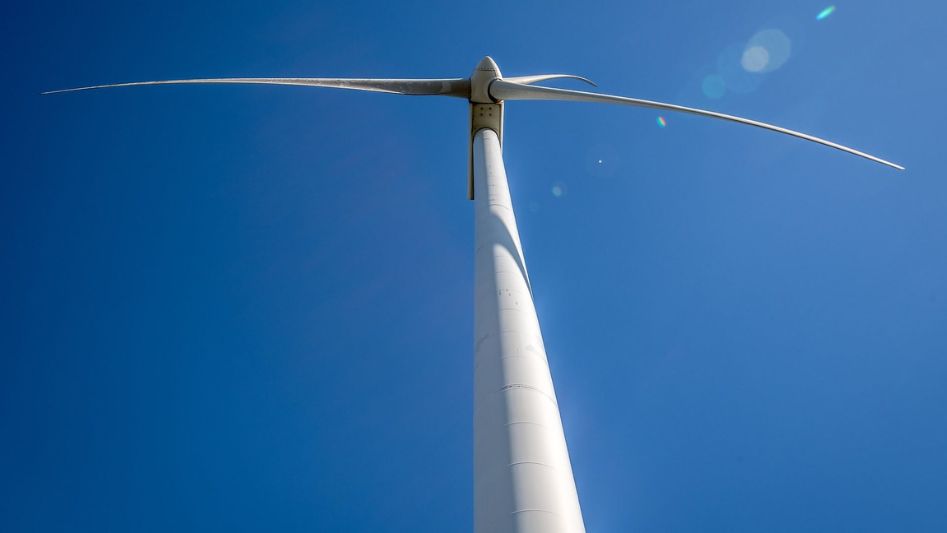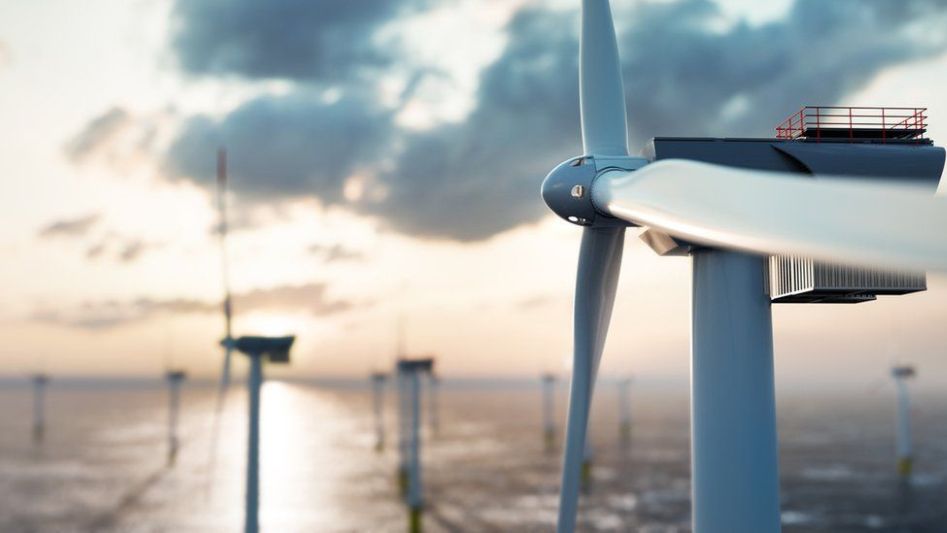The science behind how wind turbines generate electricity is based on the principle of the turbine converting the kinetic energy of the wind into mechanical energy, and then into electrical energy. This process is known as the Betz’s Law, which states that the maximum amount of energy that can be extracted from the wind is 59.3% of the total wind energy available. This is known as the theoretical maximum power coefficient.
Table Of Content
To understand how a wind turbine generates electricity, it’s important to first understand the key components of a wind turbine. The most important components of a wind turbine are the rotor, the blades, the hub, the nacelle, and the generator.
We invite you to read: “Are Vertical Axis Wind Turbines Really The Future?”
Components of a Wind Turbine
The rotor, which is the part of the turbine that spins, is made up of the blades and the hub. The blades are specially designed to capture the wind’s energy and convert it into rotational energy. The hub is the central point of the rotor and serves as a mounting point for the blades. The nacelle is the housing that contains the generator, control electronics and other mechanical and electrical components. The generator is responsible for converting the mechanical energy of the rotor into electrical energy.
Mathematical Formulas
The mathematical formula that describes the mechanical power generated by a wind turbine is:
P = 1/2 * rho * A * v^3
Where P is the mechanical power (Watts), rho is the air density (kg/m^3), A is the rotor swept area (m^2), and v is the wind speed (m/s).
The formula that describes the electrical power generated by a wind turbine is:
Pel = P / η
Where Pel is the electrical power generated by the turbine (Watts) and η is the turbine’s power coefficient.
We invite you to read: “Can Wind Turbines Withstand Hurricanes?”
Factors affecting Power output
It’s important to note that these formulas are simplified representations of the physics at work and real-life performance of a wind turbine may vary. Factors such as air density, wind speed, and turbine design all affect the power output of a wind turbine.
Power coefficient of a Wind turbine
Wind turbine’s power output is not a constant value and varies depending on wind speed, the design of the turbine and the altitude where the turbine is located. The power coefficient is a measure of how much of the wind energy the turbine can extract and convert into mechanical energy, and thus it changes with wind speed and turbine design.
Conclusion
The science behind how wind turbines generate electricity is based on converting the kinetic energy of the wind into mechanical energy, and then into electrical energy, through the use of specially designed rotor blades, hub and generator. The mathematical formulas that describe the mechanical and electrical power generated by a wind turbine are a simplified representation of the physics at work. Wind turbine’s power output varies depending on factors such as wind speed, the design of the turbine and the altitude, and thus a proper design and location is crucial for the optimal performance of the turbine.
We invite you to read: “The Future of Wind Turbines? No Blades”
FAQ
How does a wind turbine generate electricity?
Wind turbines convert the kinetic energy of the wind into mechanical energy and then into electrical energy through the rotation of specially designed blades and a generator.
What is the theoretical maximum power coefficient of a wind turbine?
The theoretical maximum power coefficient of a wind turbine is 59.3%, according to Betz’s Law.
What are the main components of a wind turbine?
The main components of a wind turbine are the rotor, blades, hub, nacelle and generator.
How does wind speed affect the power output of a wind turbine?
Wind speed affects the power output of a wind turbine, as wind turbine’s power output varies depending on the wind speed, turbine design and the altitude.
What is the power coefficient of a wind turbine?
The power coefficient of a wind turbine is a measure of how much of the wind energy the turbine can extract and convert into mechanical energy and changes with wind speed and turbine design.
You May Also Like
- Small but Mighty: How Vertical Axis Wind Turbines are Making a Big Impact in Cities
- Wind Turbines & Insect Wings: Can We Achieve Higher Efficiency?
- The Long Road to Vertical Axis Wind Turbines (VAWT)
- Wind Turbines Speed: Are They Supposed to Spin Fast All The Time?
- Why Wind Turbines Need Gear Boxes?




